DESIBUZZCanada
Events Listings
Dummy Post

International Day Of Yoga To Be Virtually Celebrated Saturday At 4pm
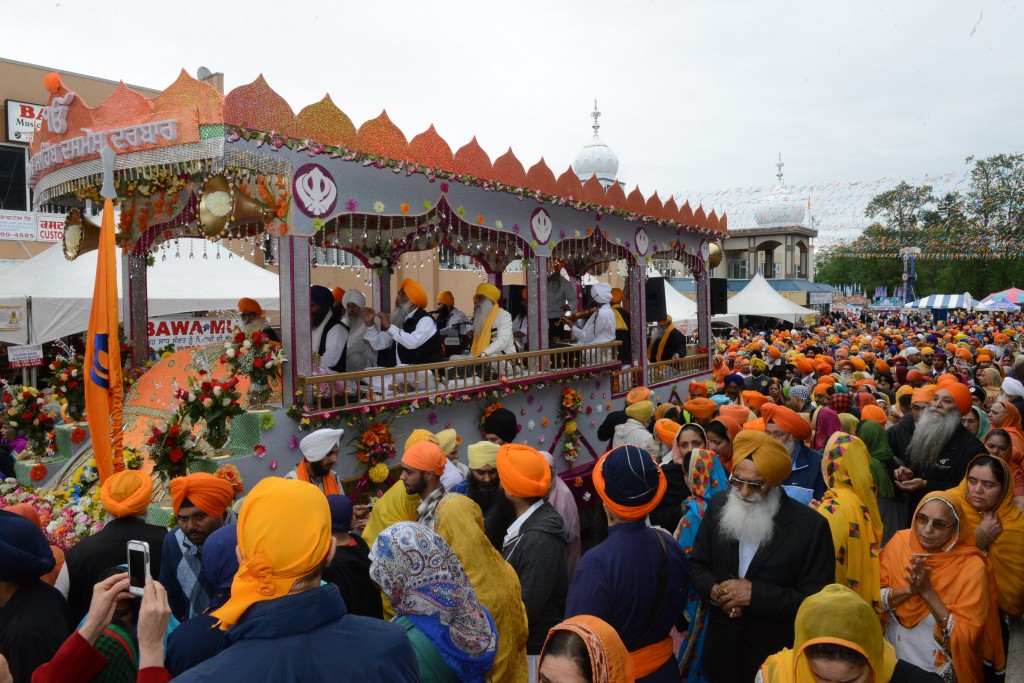
CANCELLED: Coronavirus Fears Kills Surrey’s Vaisakhi Day Parade

ADVERTISE WITH US: DESIBUZZCanada Is The Most Read South Asian Publication Online

SURREY LIBRARIES: Get Technology Help At Surrey Libraries
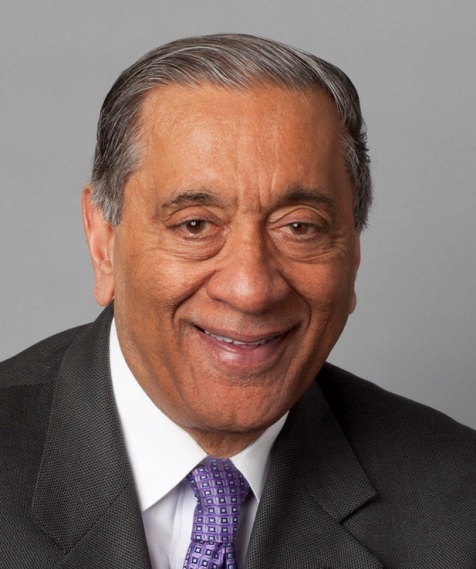
WALLY OPPAL: Surrey Police Transition Update On Feb. 26
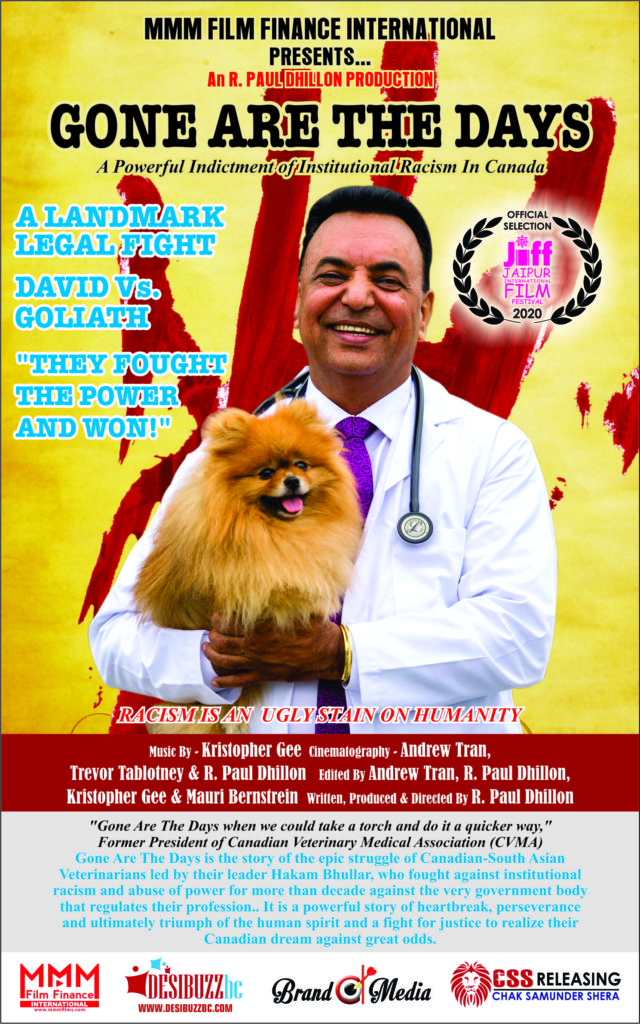
GONE ARE THE DAYS - Feature Documentary Trailer

Technology Help At Surrey Libraries

Birding Walks

Plea Poetry/short Story : Youth Contest

International Folk Dancing Drop-in Sessions
The Untold Story Of Lutyens’ Delhi
- March 30, 2025
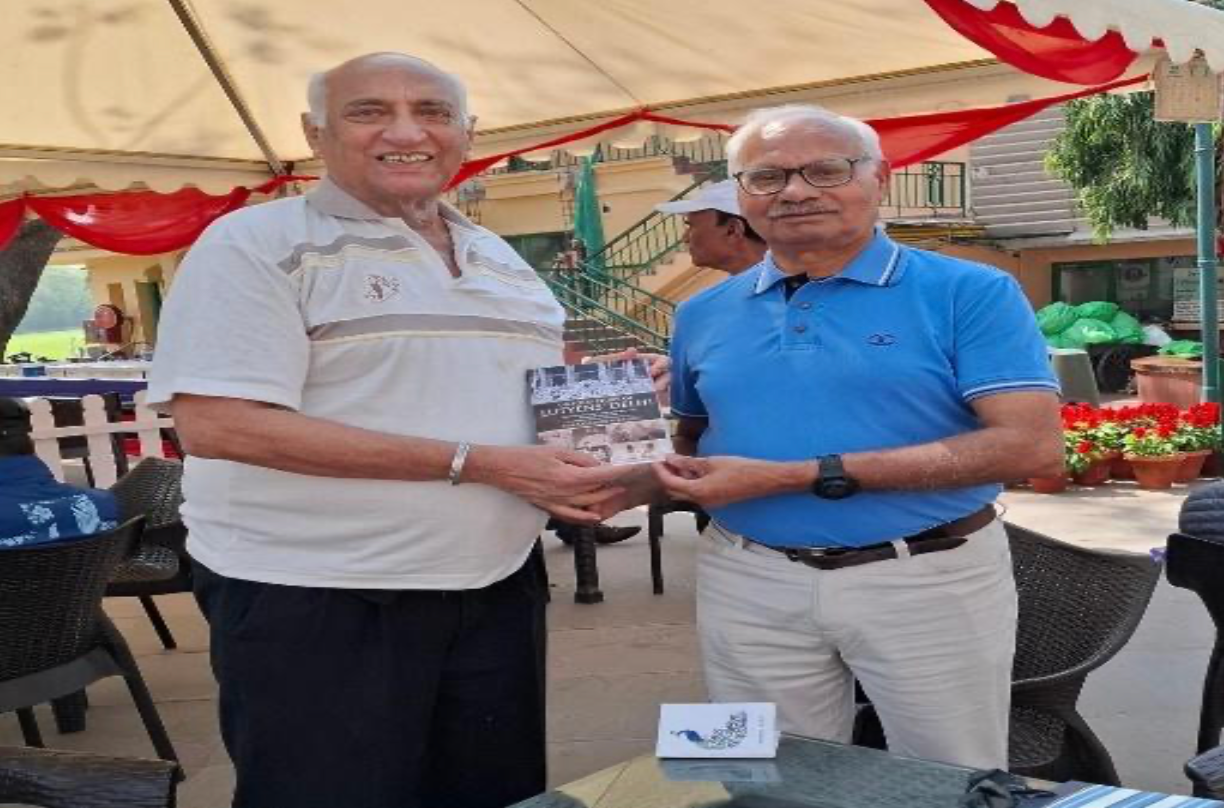
By Ambassador Vidya Bhushan Soni & Zile Singh
March 7, 2025, was an auspicious day. Ambassadors V.B Soni and R.P. Singh invited me to play in a golf tournament organized by the Centre for International Relations and Community Well-being at the Delhi Golf Course (Peacock). For me it was the first-ever opportunity to play on this prestigious course. After the game Mr. Soni presented me with his recently published book, “Untold Story of Lutyens’ Delhi.”
I have gone through the story. To tell a story is easy. Writing a story is difficult. To bring to light a story buried beneath history is even more difficult. Kudos to Ambassador Soni for his painstaking efforts. A must read; not only in friends’ circle but also those who want to know about the contribution of as common a craftsman as Mr. Nanig Ram. The construction of Lutyens’ Delhi, Connaught Place (Rajiv Chowk) and its surroundings is nothing but a royal feat of Makrana stone, in and out. While it is an untold story of Lutyens’ Delhi, it is an inspiring story of Nanig Ram, an unsung hero and his future generations also. It is two-in-one.
For centuries Delhi has been the heart of India. Umpteen times it has seen destruction as well as construction. To write about its history is not a cake walk. To write about the coming up of Lutyens’ Delhi (New Delhi) including the Rashtrapati Bhawan, the Parliament House, the South the North Blocks, and Connaught Place - the heart of Delhi is no less than cracking a hard nut. Ambassador V.B. Soni has accomplished this task of penning this valuable and untold story before sunset. It hardly matters about its timing. “Better late than never” is an old adage. It was expected of him. Because, Mr. Nanig Ram, his grandfather, was one of the contractors like Sir Sobha Singh on this prestigious project of creating Lutyens’ Delhi. An unlettered Nanig Ram, with his team of workers, was adept in sculpting the marble of Makrana, one of the hardest stones available at that time. Ram, a native of Makrana, later shifted to Achnera and then to Delhi. He was the recipient of a Sanad by the Viceroy and the Governor General and letters of appreciation by Engineers in charge of the projects.
Often, skill is hereditary. Not only Ambassador Soni, the grandson, but Mr. Bankey Lal, one of the ablest sons of Nanig Ram, and other members of his family carried forward his father’s and grandfather’s legacy by leaps and bounds. Mr. Bankey Lal earned the ownership of 53 Hanuman Road, the Imperial Talkies in Paharganj, a chauffeur driven car and a horse driven carriage (tonga). He successfully tried his hands in the fields of administration and legislation. He moved in high circles. He served as an honorary Magistrate. He was a Delhi Municipal Councilor.
Nanig Ram’s story is about rags to riches. As the fathers as the sons. His sons and the succeeding generations excelled in their respective fields whether it was administration, entertainment, entrepreneurship, and finance. In a span of five generations, the family have tasted the nectar from the Indian Foreign Service, Indian Administrative Service, Indian Police Service, Indian Revenue Service, Provincial Civil Services and also the corporate world. A mention must be made of Mr. Vimal Chandra, Sanjay Chander, Ishwar Das Pawar, Rajeev Kumar and Anant Ram who served in the administration. Mr. I.D. Pawar’s book “My Struggle in Life” is worth reading. Nand Kishore’s Aryan Shoe Factory, a state-of-the-art establishment, attracted orders from major cities of India. Kishan Lal was sent to England to earn an advanced diploma in footwear technology in 1930. Mr. V.B. Soni, IFS-1967 and Rajiv Chander IFS-1983 served in India’s various diplomatic missions. Soni’s most difficult stint was as the High Commissioner in Suva (Fiji), a Pacific Island country at a time when Fiji was under ethno-political turmoil during early 1990s. The ethnic Indians and the Indian interests were at stake. What a pleasant surprise that the author and I were posted to our High Commission in London. The Deputy High Commissioner and the High Commissioner would gladly depute Soni, in addition to his own duties to liaise with the 1983 World Cup Winner Indian Cricket team. Judging his capability, Soni was deputed by his boss to oversee the preparations at the 9 Kensington Palace Gardens, the High Commissioner’s official residence for hosting a dinner for Her Majesty Queen Eizabeth-II’s State visit to India in November 1983. Of course, he rubbed shoulders as well as shook hands with the Royalty.
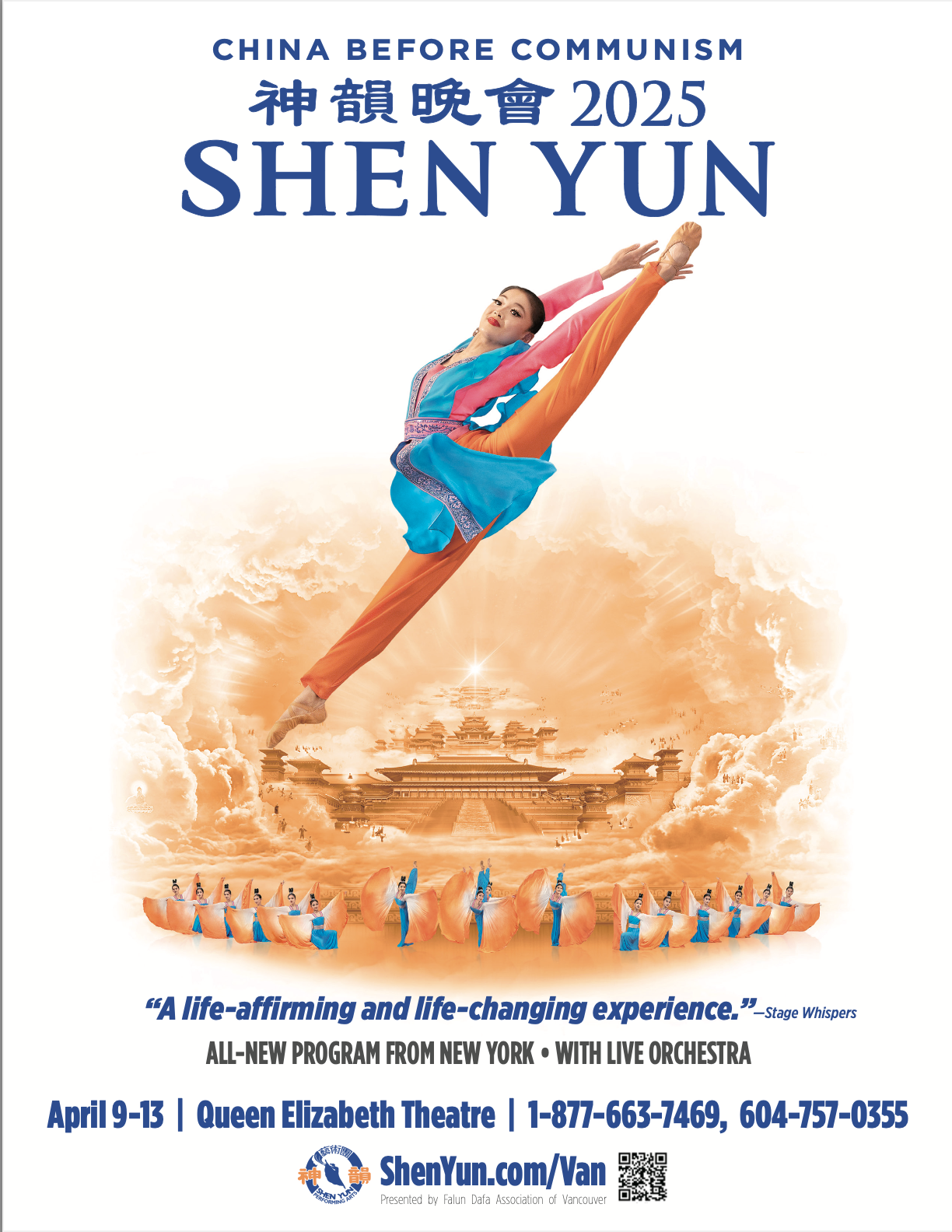
Rajiv Chander’s last but one posting was as Consul General in Vancouver a decade later than I served there. I was in Vancouver as Deputy Consul General from 2004-07. “All is well, that ends well.” Rajiv, in his retirement post was the Permanent Representative of India to the United Nations in Geneva. A post of esteem once was held by Mr. B.C. Mishra, who later became the National Security Adviser in Prime Minister Atal Bihari Vajpayee’s government.
Ambassador Soni admits Baba Saheb Dr. B.R. Ambedkar as his icon. Dr. Ambedkar said, "I measure the progress of a community by the degree of progress which women have achieved."The women folk in Nanig’s family from the very beginning to this day, have played their role well. Theirs’ remained a sort of matriarchal family. Fifty-three Hanuman Road was named as Indra Niwas. Rearing the children religiously, socially, and academically was their prime duty. They also taught them the importance of good handwriting. There is a mention that Kishan Devi, Soni’s mother, was a beautiful and towering personality. Why not? “Every beautiful thing is God’s handwriting.” There is a mention in the story that Nanig Ram quietly took his wife Indra Kaur to sit on the ceremonial Royal Throne Chair in the ornate Durbar Hall, sculpted by him, even before the Viceroy sat on it. While on Ambedkar, the chief architect of the Indian Constitution, who knew that the chair by seated on which his Constitution would be implemented was carved out by a person of his own clan? It is a matter of pride for Soni to have daughter Medha and son Manish, both graduates from Boston, a world-renowned University. Medha’s role in the U.N agencies in the fields of communications, environment, population, and adult education is immense. The ambits of acting, accountancy, fashion designing and law also could not remain untouched by the offsprings of Nanig. Anant Ram was awarded “Tamra Patra” on the eve of 25thAnniversary of Independence.
The author has not shied away to mention that one of his cousins had a bad habit of alcoholism. One cousin once tried to try his luck in the film industry in Mumbai by playing truant from home. As luck would have it, he had to head home ticketless. The family had no major social and financial problems but had to undergo disease and deprivation at intervals like any other human being. Nanig Ram died of tuberculosis in the prime of his life. Hell to dust by chiseling and grinding stone all day in bad weathers. Puniya, Nanig’s sister, twice widowed died issueless.
In sum, Mr. Soni’s Untold Story is exemplary. He has dug out the archives many historians on Delhi have not been able to. It is a story of ‘unsung heroes’. It can tell every reader something or the other according to his/her taste. The book is available on www.amazon.in/Untold-Story-Lutyens’-Delhi
Zile Singh, IFS Ambassador(Retd.) zsnirwal@yahoo.ca

















